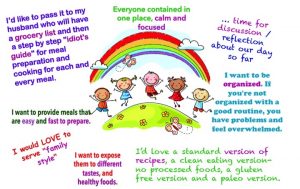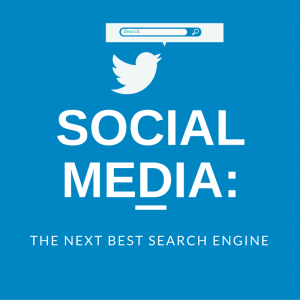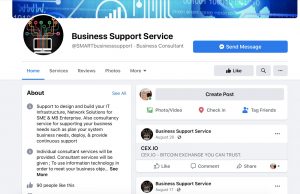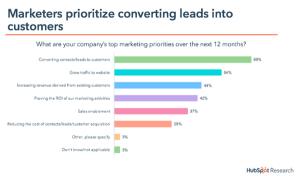In Part 1 of a series, columnist Daniel Faggella shares two use cases of companies that are using chatbots to improve their marketing and sales, explaining what you can learn from them.
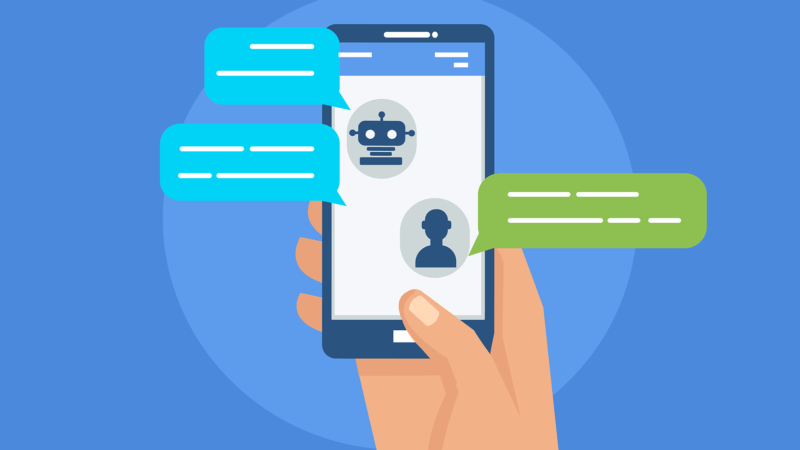
As businesses continue to find ways of cutting costs and improving customer engagement, chatbots have become a leverage point among large companies such as WhatsApp and Facebook. These conversational agents, using text or voice commands to answer queries or guide consumers with their purchases, serve as alternative solutions to customer service representatives.
As Pete Rojwongsuriya of Travelistly told Forbes, “Bots have been around for ages but the reason why it is trending now is that the advancement of AI seen on products such as Google Assistant and Siri that have gone beyond a fad to become a useful product with real impact on the mass.”
In this article, I’ll present three real-world chatbots or virtual assistants that deliver ROI to their companies. These examples serve as use cases for companies considering adopting chatbot technology in their operations. Each example includes a company description, chatbot/virtual assistant design and purpose, value proposition (tangible business results) and key questions and takeaways to consider when considering its adoption to your enterprise.
1. Domino’s Pizza
Company description: The American restaurant chain, with more than 14,400 branches around the globe, employs over 260,000 staff. Its Q3 2017 net income was recorded at $56.4 million buoyed by a 14.5 percent retail sales growth. It claims to deliver more than 1 million pizzas worldwide.
How it’s being used: Domino’s AnyWare technology provides customers with varied options when ordering for delivery or carryout. This can be made via voice, Amazon Echo and Google Home, as well as through text messaging, Twitter, and even on smartwatches and television.
It launched a chatbot (through the developers from We Are Social and Talkbe) on Facebook Messenger. Users have to type “PIZZA” and send it to Dom via Messenger. They can then list orders from the full menu available. The company describes its technology as “an artificially intelligent customer whiz designed to help super fans get their #1 fix of cheesy food heaven.”
Users can also place their orders through Easy Order for faster order processing the next time they use the chatbot, and they can click on a link sent by Dom to track their orders. I suspect that simple product orders of this kind (pizza, flowers, household basics) will be among the most popular chatbots to gain traction in e-commerce.
Value proposition: The pizza company introduced the chatbot ahead of the Super Bowl in 2017 as a PR tool and to take advantage of its 1 billion active Messenger users. Nick Dutch, marketing lead of the company, admitted in a Marketing Week interview:
A successful goal of this kind of platform will be to make our current customers’ lives easier, which doesn’t necessarily translate to a huge surge in sales but an improvement in experience and as a result sentiment towards the brand, which is a longer-term benefit.
Key takeaways: Learn from large companies how they keep abreast of the latest technology to improve their marketing and sales. Domino’s Pizza is taking advantage of all channels, including smart devices. In this way, whether consumers are using Messenger or watching their smart TVs, products will remain accessible.
2. KLM Royal Dutch Airlines
Company description: Known as the oldest airline in the world still operating under its original name, KLM flies to 225 destinations, together with its airline partners. German Jet Airliner Crash Data Evaluation and FlightStats determined it to be the most punctual airline and safest European air carrier in 2016. In Q1 2017, its revenue amounted to 5.7 billion euros.
How it’s being used: KLM’s BB (short for BlueBot) was designed mainly to help passengers book a ticket. In addition, the chatbot is able to deliver booking confirmation, check-in reminders, boarding passes, deliver flight status updates, and answer passenger questions.
Users have to access BB on Facebook’s Messenger. This was developed after the company needed to help its human agents entertain 16,000 cases weekly. Pieter Groeneveld, SVP of Air France-KLM, said in a company statement:
Volumes will continue to grow. At the same time, customers require a speedy response. We have therefore been experimenting with AI to support our agents to provide a personal, timely and correct answer. With BB, KLM is taking the next step in its social media strategy, offering personal service through technology, supported by human agents when needed.
Value proposition: KLM reportedly claims that it has recorded more than 1.7 million messages sent by 500,000 passengers to BB. In December, the company made the BB service available on Google Home and on any devices supporting Google Assistant.
Key takeaways: Chatbots can be a huge asset for companies when they need to handle a large volume of requests from its customers, especially in sales and marketing. This works well when similar responses can be sent to thousands of inquiries.
In Part 2 of this series, I’ll offer more use cases of chatbots that are delivering ROI to their companies and discuss what your organization will need in order to pull ahead in the chatbot race. Stay tuned!
Opinions expressed in this article are those of the guest author and not necessarily Marketing Land. Staff authors are listed here.
Marketing Land – Internet Marketing News, Strategies & Tips
(55)
Report Post

